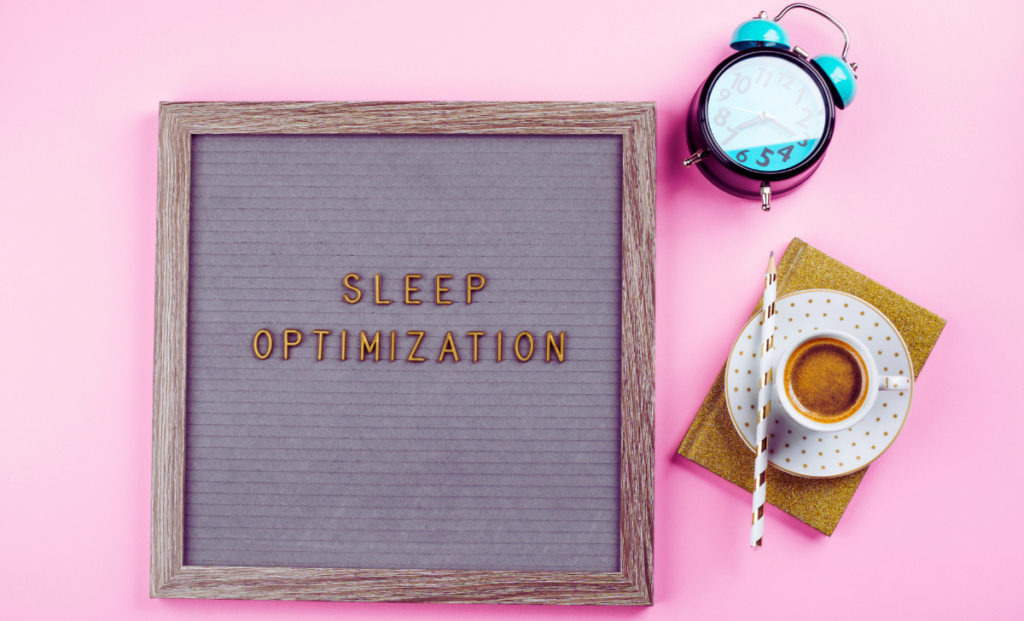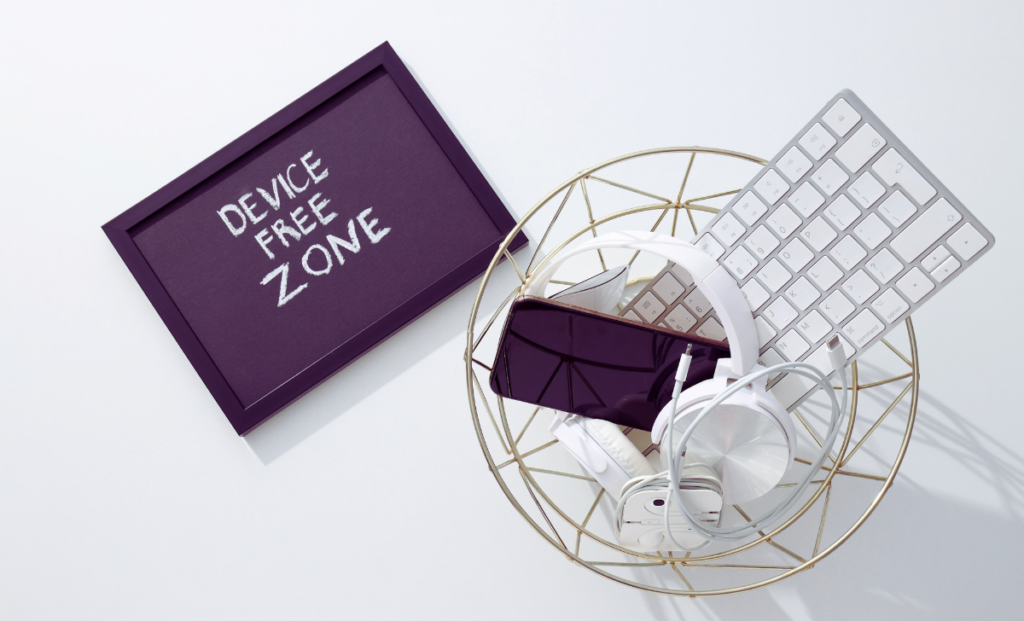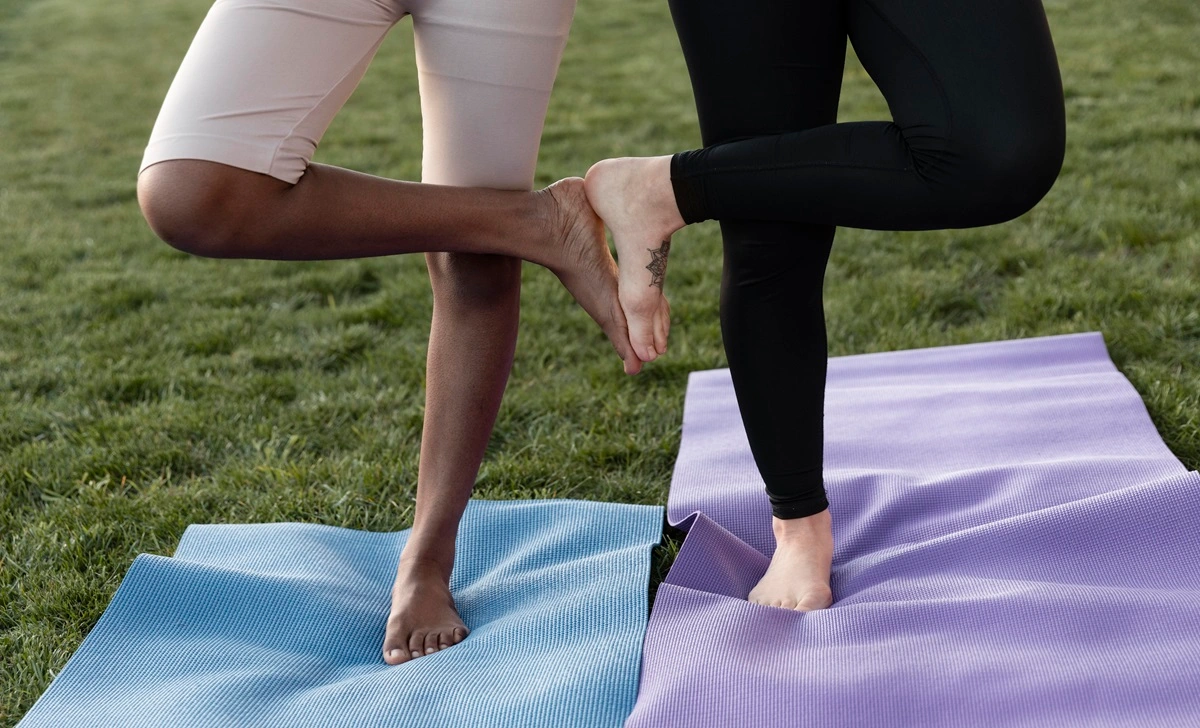This “Wellness Lifestyle Hacks for Big Impact” comprehensive guide delves into practical strategies that are simple yet effective, empowering you to elevate your overall well-being. By incorporating these straightforward lifestyle changes, you can experience profound improvements in your physical, mental, and emotional health. Let’s embark on a journey to optimize your wellness and unlock your full potential.
Table of Contents
ToggleMindful Practices of Wellness Lifestyle Hacks
1. Daily Meditation:
Meditation is a powerful tool for cultivating mindfulness and reducing stress. Start your day with a short meditation session to center yourself and set a positive tone for the day. Begin with just a few minutes of focused breathing or guided meditation, gradually increasing the duration as you become more comfortable. Incorporating mindfulness into your daily routine can enhance your clarity of thought, emotional resilience, and overall well-being.
2. Gratitude Journaling:
Gratitude journaling, a practice with numerous benefits for mental health and happiness, is a simple yet powerful tool. By writing down three things you’re thankful for each day, you can shift your focus from negativity to positivity. This habit of reflecting on the good things, no matter how small, can help you appreciate the blessings in your life and cultivate a more optimistic outlook.
3. Deep Breathing Exercises:
Deep breathing exercises are an effective way to calm the mind and relax the body. Incorporate deep breathing into your daily routine by taking slow, deep breaths through your nose, expanding your diaphragm, and exhaling fully. This technique can help reduce feelings of anxiety, promote relaxation, and improve oxygen flow to your brain and muscles. Whenever you feel stressed or overwhelmed, take a few moments to practice deep breathing and restore a sense of calm and balance.
Sleep Optimization

1. Establishing a Consistent Sleep Schedule:
Consistency is key when it comes to sleep. Aim to go to bed and wake up at the same time every day, even on weekends. This simple routine helps regulate your body’s internal clock and optimize your sleep-wake cycle. By prioritizing quality sleep, you can enhance your energy levels, cognitive function, and overall health, and it’s a goal that’s completely within your reach.
2. Creating a Relaxing Bedtime Routine:
Wind down before bed with a soothing bedtime routine that promotes relaxation and prepares your body for sleep. Avoid stimulating activities and electronics in the hour leading up to bedtime, as they can interfere with your ability to fall asleep. Instead, engage in calming activities such as reading, warm baths, or gentle yoga or stretching. Creating a tranquil environment conducive to sleep can help improve the quality and duration of your rest, allowing you to wake up refreshed and rejuvenated.
3. Limiting Screen Time Before Bed:
The blue light emitted by screens can disrupt your body’s natural sleep-wake cycle and inhibit the production of melatonin, the hormone that regulates sleep. To promote better sleep quality, limit your exposure to screens, including smartphones, tablets, computers, and televisions, in the hour before bedtime. Instead, opt for relaxing activities that don’t involve screens, such as reading a book, listening to calming music, or practicing relaxation techniques like deep breathing or meditation. By reducing screen time before bed, you can improve your sleep hygiene and enjoy more restful and rejuvenating sleep.
Digital Detox Strategies

1. Implementing Tech-Free Time Blocks:
In today’s digital age, constant connectivity and screen time make it easy to feel overwhelmed. Allow yourself to unplug and disconnect from technology during designated time blocks throughout the day. Use this time to engage in activities that nourish your mind, body, and soul, such as spending time outdoors, practicing mindfulness or meditation, pursuing hobbies or creative interests, or simply enjoying quality time with loved ones. By carving out tech-free moments in your day, you can reduce stress, increase mindfulness, and cultivate a deeper sense of presence and connection with yourself and the world around you.
2. Setting Boundaries with Devices:
Set clear boundaries around your device usage to prevent technology encroaching on your time and space. Establish designated “screen-free zones” in your home, such as the bedroom or dining area, where electronic devices are prohibited. Use features like “Do Not Disturb” mode or app timers to limit your exposure to notifications and distractions during specific times of the day, such as meals, family time, or bedtime. By taking control of your device usage and setting healthy boundaries, you can reclaim your time and attention, reduce digital overwhelm, and improve your overall well-being.
3. Engaging in Outdoor Activities:
Spending time outdoors has been shown to have numerous benefits for physical and mental health. Make time each day to get outside and connect with nature, whether going for a walk or hike, gardening, picnicking in the park, or simply sitting outside and soaking up the sights and sounds of the natural world. Exposure to natural light and fresh air can boost your mood, reduce stress, and improve cognitive function. Additionally, spending time in green spaces has been linked to lower levels of depression, anxiety, and fatigue. Make outdoor time a priority in your daily routine to reap the many rewards of nature’s healing power.
Hydration and Nutrition

1. Drinking Sufficient Water:
Staying hydrated is essential for maintaining optimal health and well-being. Make it a habit to drink plenty of water throughout the day, aiming for at least eight glasses or more, depending on your activity level and climate. Carry a reusable water bottle with you wherever you go to stay hydrated on the go. In addition to plain water, you can hydrate with herbal teas, infused water, or coconut water for added flavor and nutrients. Proper hydration supports healthy digestion, regulates body temperature, flushes out toxins, and keeps your skin glowing and radiant.
2. Incorporating Whole Foods:
Fuel your body with nutrient-dense whole foods that provide the vitamins, minerals, antioxidants, and phytonutrients it needs to thrive. Focus on incorporating a variety of colorful fruits and vegetables, whole grains, lean proteins, healthy fats, and plant-based foods into your diet. Choose minimally processed, whole foods over highly processed and refined products whenever possible to maximize nutritional value and support overall health. Experiment with new recipes, flavors, and cuisines to keep your meals exciting and satisfying. You can optimize your health, energy levels, and vitality by nourishing your body with wholesome, nutrient-rich foods.
3. Mindful Eating Practices:
Cultivate a mindful approach to eating by tuning into your body’s hunger and fullness cues, savoring each bite, and paying attention to your food’s flavors, textures, and sensations. Eat slowly and mindfully, without distractions, to fully enjoy and appreciate your meals—practice portion control by serving yourself reasonable portions and avoiding mindless overeating. Listen to your body’s signals of hunger and satisfaction, stopping when you’re comfortably full rather than stuffed. By practicing mindful eating, you can develop a healthier relationship with food, prevent overeating, and enhance your enjoyment and appreciation of meals.
Movement and Posture

1. Regular Stretching:
Incorporate regular stretching into your daily routine to improve flexibility, mobility, and range of motion. Stretching helps release tension and tightness in your muscles, reduce the risk of injury, and improve posture. Focus on stretching major muscle groups such as your hamstrings, quadriceps, calves, hips, chest, shoulders, and back. Hold each stretch for 15-30 seconds, breathing deeply and gently easing into the stretch without bouncing or forcing. Incorporate stretching breaks throughout your day, especially if you spend long periods sitting or engaging in repetitive activities. Making stretching a habit can enhance your physical performance, prevent muscle stiffness and soreness, and promote overall musculoskeletal health.
2. Incorporating Desk Exercises:
Combat the negative effects of prolonged sitting by incorporating desk exercises into your daily routine. Simple movements and stretches can help counteract the effects of sedentary behavior, improve circulation, and reduce muscle tension and fatigue. Take short breaks throughout your workday to stand up, stretch, and move your body. Perform shoulder rolls, neck stretches, chest openers, seated leg lifts, and desk push-ups to activate and engage different muscle groups. Set reminders or use apps to prompt you to take regular movement breaks, ensuring you stay active and energized throughout the day. Integrating desk exercises into your daily routine can enhance your physical health, productivity, and overall well-being.
3. Maintaining Proper Posture:
Pay attention to your posture throughout the day, whether sitting, standing, walking, or lying down. Sit and stand straight with your shoulders back, chest open, and chin parallel to the ground. Avoid slouching or rounding your shoulders forward, as this can strain your neck, shoulders, and back. Use ergonomic furniture and accessories to support good posture, such as an adjustable chair, ergonomic keyboard and mouse, and eye-level monitor. Take regular posture breaks to stretch and readjust your position, especially if you spend long periods sitting or working at a computer. Maintaining proper posture can reduce the risk of musculoskeletal pain and injury, improve breathing and circulation, and project confidence and poise.
Connection and Community
1. Prioritizing Quality Relationships:
Cultivate meaningful connections with friends, family, and loved ones by prioritizing quality time together. Make time for regular social activities, whether having dinner with friends, walking with a loved one, or attending a community event. Invest in your relationships by being present, supportive, and attentive and expressing gratitude and appreciation for the people in your life. Quality relationships provide emotional support, reduce feelings of loneliness and isolation, and contribute to overall happiness and well-being.
2. Joining Wellness Groups or Classes:
Connect with like-minded individuals by joining a wellness group or class that aligns with your interests and goals. Whether it’s yoga, meditation, dance, or cooking, participating in group activities can provide motivation, accountability, and a sense of community. Joining a wellness group or class allows you to share experiences, learn from others, and receive support and encouragement on your wellness journey. Choose activities that you enjoy, and that fit your schedule and preferences, and be open to trying new things and stepping out of your comfort zone. You can enhance your sense of belonging, motivation, and overall well-being by surrounding yourself with positive, supportive individuals.
3. Volunteering or Giving Back:
Give back to your community and positively impact the world by volunteering your time and talents to causes you care about. Whether it’s serving meals at a soup kitchen, participating in a beach cleanup, or volunteering at a local charity or nonprofit organization, find ways to contribute to the greater good. Volunteering benefits others and has numerous benefits for your own mental and emotional health. It can increase feelings of happiness and fulfillment, reduce stress and anxiety, and provide a sense of purpose and meaning in life. Look for opportunities to give back to your community and make a difference in the lives of others while enriching your own.
Conclusion
In conclusion, incorporating these wellness lifestyle hacks into your daily routine can significantly impact your overall health and well-being. From practicing mindfulness and optimizing sleep to nourishing your body with healthy foods and staying active, each small change can significantly improve your physical, mental, and emotional health. You can create a vibrant, balanced, and fulfilling life by prioritizing self-care and making conscious choices that support your well-being. Start implementing these strategies today and watch as your life transforms. Remember, your journey to wellness is unique to you, so be patient, consistent, and kind to yourself along the way. Here’s to a happier, healthier you!
(FAQs):
1. What are some simple lifestyle changes for better health?
Answer: Incorporating regular physical activity, eating a balanced diet rich in fruits and vegetables, staying hydrated, getting enough sleep, managing stress through relaxation techniques or mindfulness, and prioritizing social connections are simple lifestyle changes that can contribute to better health.
2. What are the benefits of mindfulness meditation?
Answer: Mindfulness meditation has been shown to reduce stress, improve emotional well-being, enhance focus and concentration, increase self-awareness, promote relaxation, and cultivate greater resilience and overall life satisfaction.
3. How can I improve my posture?
Answer: To improve posture, practice sitting and standing up straight with your shoulders back, chest open, and chin parallel to the ground. Avoid slouching or rounding your shoulders forward. Use ergonomic furniture and accessories to support proper posture, take regular breaks to stretch and readjust your position, and incorporate exercises that strengthen the muscles that support good posture.
4. Which are the best foods for better sleep?
Answer: Foods promoting better sleep include those rich in tryptophan, magnesium, and melatonin. Examples include turkey, nuts, seeds, bananas, kiwi, leafy greens, whole grains, and dairy products. Avoid heavy or spicy meals close to bedtime, as they can disrupt digestion and sleep quality.
5. Exercises to improve posture?
Answer: Exercises that can help improve posture include shoulder blade squeezes, chest openers, wall angels, cat-cow stretches, plank variations, and rows. Focus on strengthening the muscles of the upper back, shoulders, and core muscles and stretching tight muscles in the chest and hips. Incorporate these exercises into your regular workout routine or perform them as standalone daily activities.
6. How to start journaling for gratitude?
Answer: To start journaling for gratitude, set aside a few minutes each day to reflect on things you’re thankful for. Write down three things you’re grateful for, whether something as simple as a sunny day or a kind gesture from a friend. Focus on the positive aspects of your life and express gratitude for the blessings, big and small. Make gratitude journaling a daily habit to cultivate a more optimistic outlook and enhance your overall well-being.






